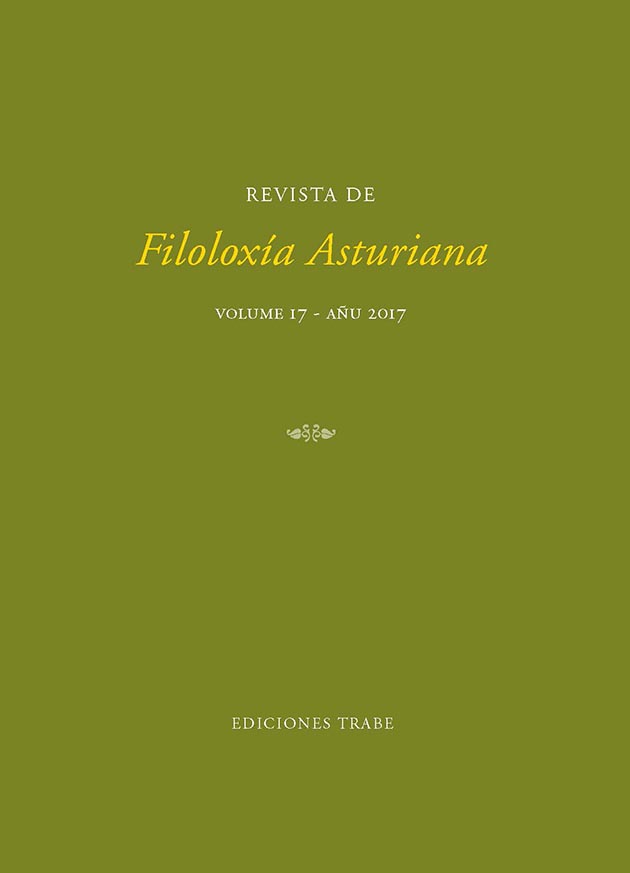Resumen
El objeto del presente artículo es resaltar el papel de la toponimia como útil herramienta de búsqueda y análisis de antiguas trampas para la caza de fieras en Asturias y, en general, para documentar aquellos elementos patrimoniales del espacio rural que se encuentran en trance de desaparición. Las antiguas prácticas cinegéticas para exterminar aquellos animales considerados dañinos se han ido olvidando, y las estructuras que se construyeron siglos atrás para capturarlos sucumben a la ruina. Ante la falta de documentos históricos y el laconismo de los testimonios orales, la toponimia constituye un vestigio imprescindible para investigar estas costumbres y construcciones. Los nombres de lugar, agrupados a continuación por familias léxicas, hacen referencia a lugares de paso de los animales; a sitios de avistamiento, reproducción o alimentación; puntos estratégicos de caza; técnicas de captura; etc. En definitiva, los lugareños testimoniaron a través de los topónimos su profundo conocimiento del paisaje y de los animales monteses a los que habían de dar caza.
Palabras clave: toponimia, paisaje, caza, lobo, trampas.
The aim of this article is to highlight the role of toponymy as a useful tool for searching and analyzing ancient traps for hunting wild animals in Asturias and, in general, to document all those heritage elements of rural areas that are dying out. Ancient hunting practices to exterminate animals considered harmful have been forgotten, and the structures that were built centuries ago to capture them succumb to ruin. Given the lack of historical documents and the pithiness of oral testimonies, toponymy proves to be an indispensable vestige to investigate these customs and constructions. Place names, grouped below by lexical families, refer to transit points of the animals; sighting, reproduction or feeding sites; strategic hunting places; trap methods; etc. In short, natives have testified through the toponymy their deep knowledge of the landscape and the wild animals that they were to hunt.
Keywords: toponymy, landscape, hunting, wolf, traps.
